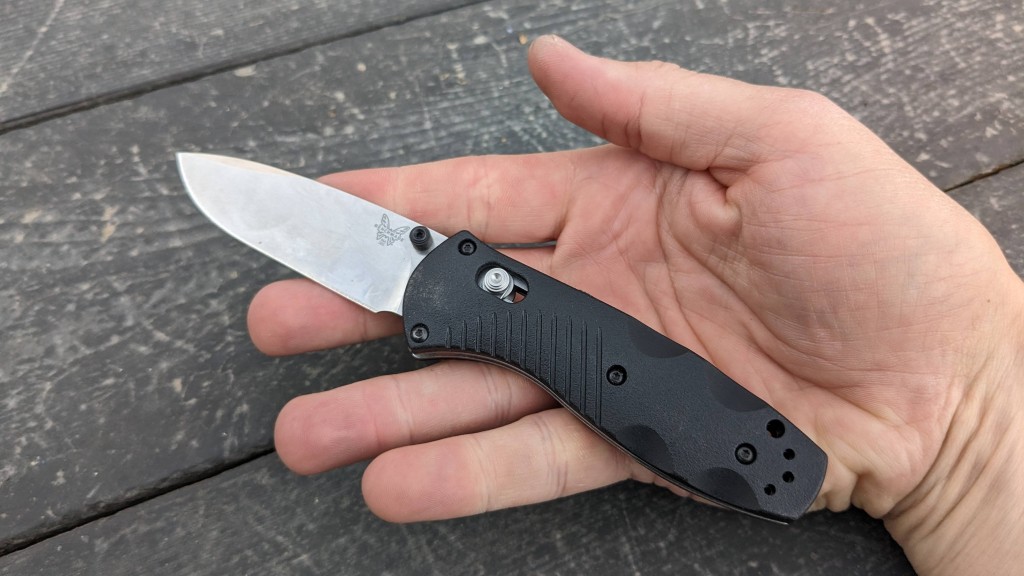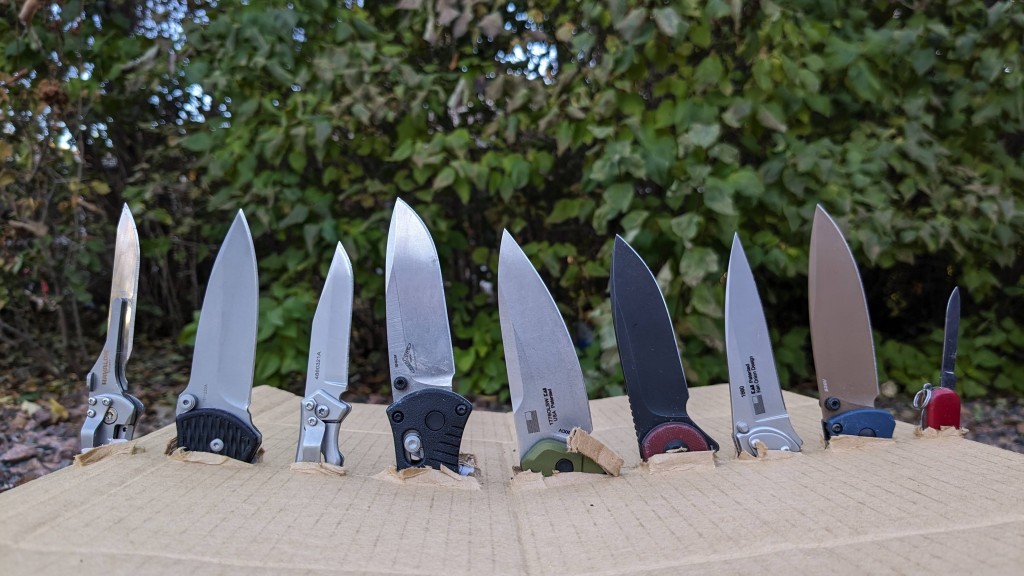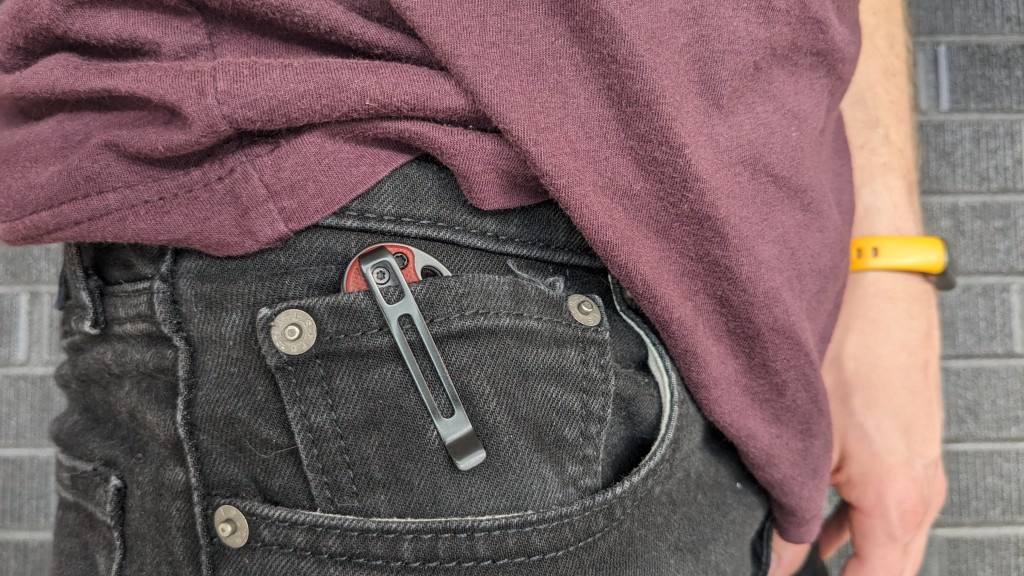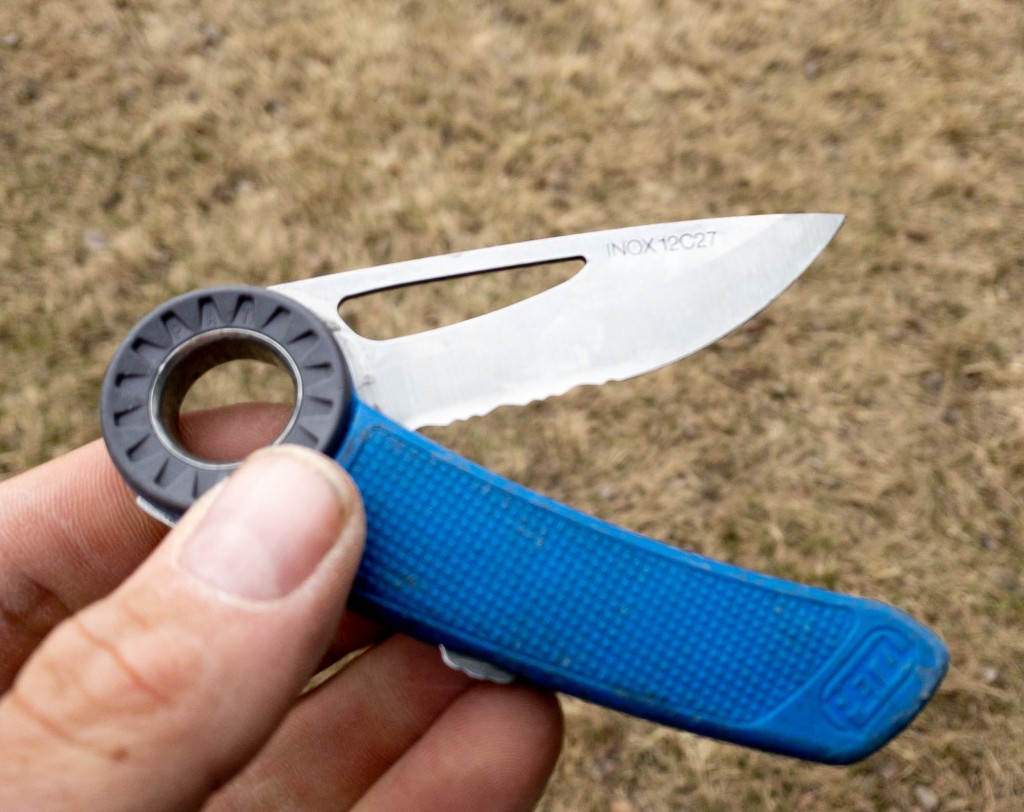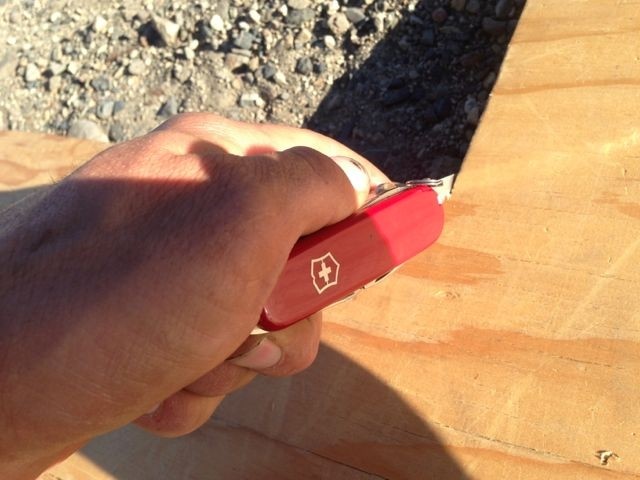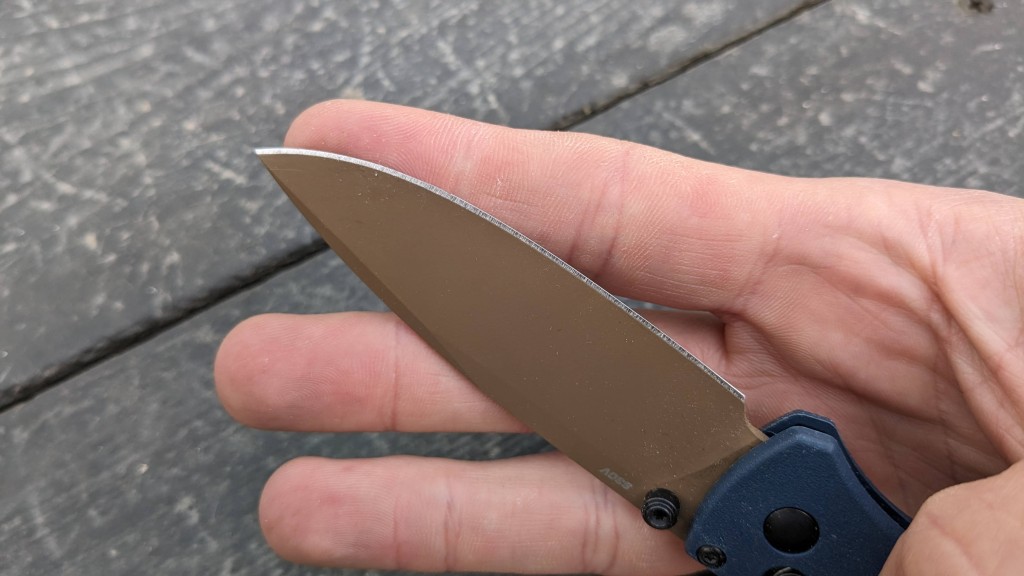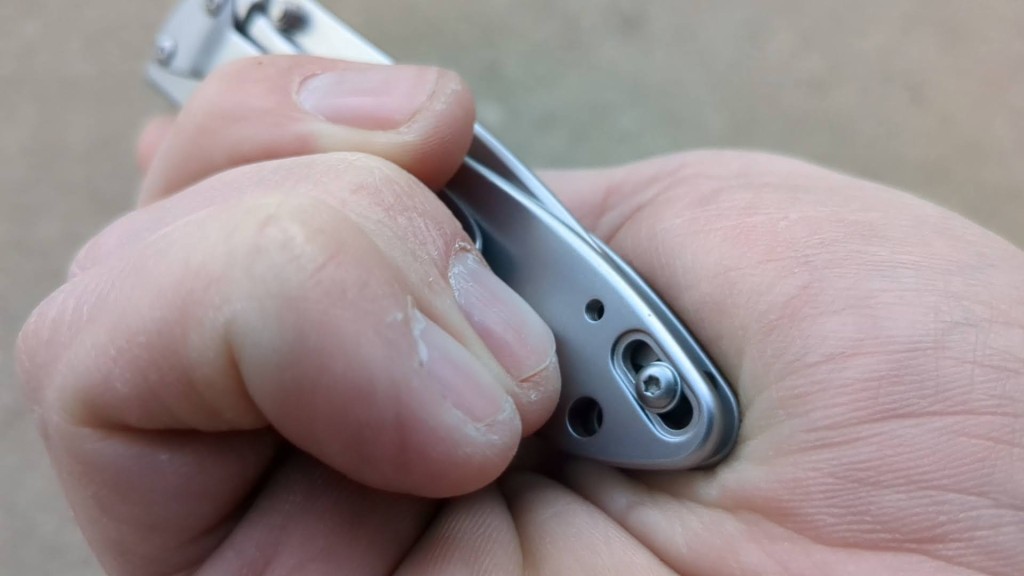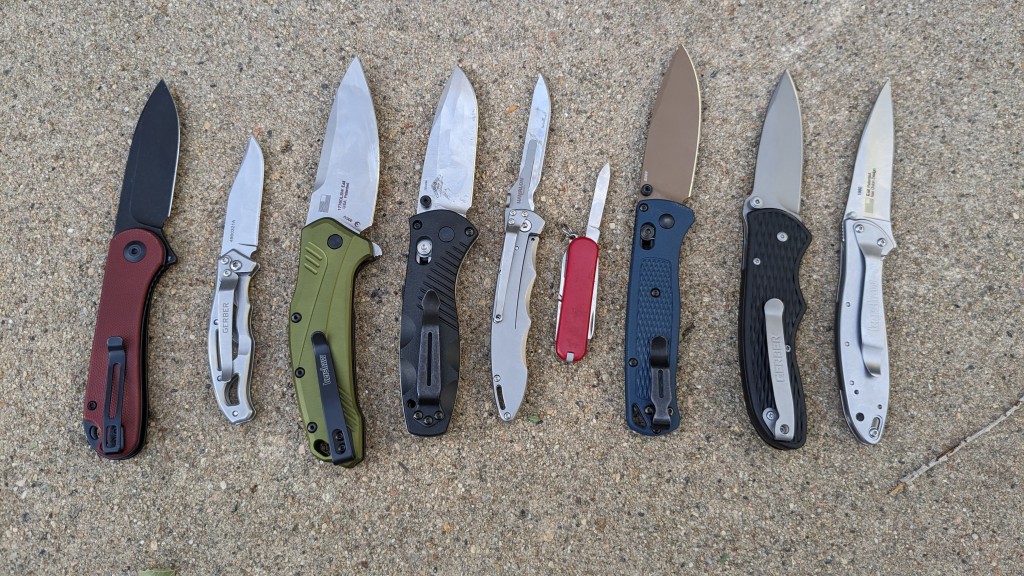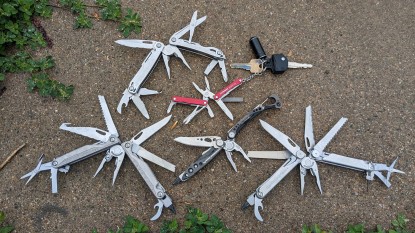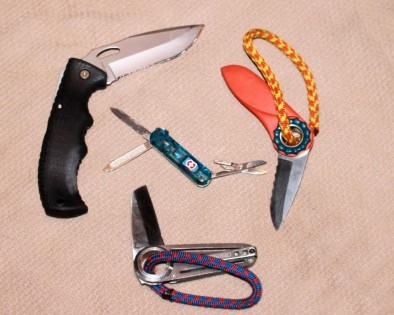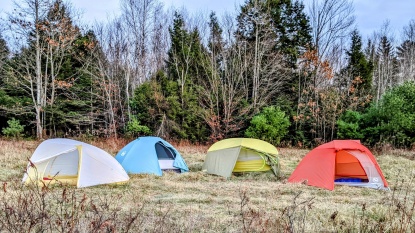You could spend a lifetime comparing the countless options in this gear category. Selecting a pocket knife from the infinite array of options is a monumental task. You want one that fits seamlessly into your life and serves your purposes. You likely have budget constraints and maybe some brand loyalties and expectations. Our expert testers have tested a huge array of the best pocket knives available, and through research and decades of hands-on experience, we have come to understand better how you should work through your own choice. There are many great knives, but our philosophy is that the best pocket knife for you is one that directly satisfies your specific needs.
Why Carry a Pocket Knife?
Pocket knives are a general-purpose tool. A pocket knife should have universal appeal. No one isn't a "pocket knife person." It's one tool that even the least "handy" person could use daily. The category is united by the tool's suitability for carrying in a pants pocket. You may choose to carry it in some other fashion, but the knife is sized and designed to be folded and carried in your pants pocket for easy access. A knife needs to be portable and accessible this way for a variety of tasks. Specialized models for fishing, box-cutting, kitchen use, drywall, etc., do not necessarily need to be carried in a pocket. Therefore, their design limitations are different.
A Note on Knife-Carrying Laws
In purchasing and carrying a pocket knife, you must be aware of local laws and regulations. Knives are regulated on state and local levels in the United States. Laws vary, but in the most strict areas, public carry (and sometimes even private possession) of some of the knives we have reviewed is illegal. You must do your homework to be sure you comply. The American Knife & Tool Institute provides state-specific knife laws on their website. This is a good starting point, but be sure to consult local laws.
Overall Considerations
First, do you identify yourself as a "handy" person? Do you seek out creative and self-reliant solutions to life's mechanical problems? Those of you who answer yes to this question will undoubtedly find a use for a pocket knife at least once every day. You will also take pride in the tool you carry and easily justify the money and pocket or purse space for a functional knife. Using a well-made, purpose-built, and at-the-ready pocket knife for daily tasks is an aesthetically pleasing experience. The subtle swell of pride in productively employing a physical tool is unmatched in a world dominated by a great deal of "screen time" and virtual victories.
Pocket knives are easily lost. Those of you on a first-name basis with your locksmith should consider replacement costs when purchasing a pocket knife. If you regularly replace car and house keys well before the sheen is worn off, find a readily available and inexpensive design that you like. Inexpensive pocket knives still serve the purpose. The difference between the blade steel of a cheaper knife and that of a spendy tool is noticeable but marginal, given the price difference. A cheaper tool will need sharpening a little more regularly (every three months vs. every four, perhaps). The primary difference, as outlined in our main article, is in a far more subjective and aesthetic sense. Those of you multi-tasking enough to lose knives frequently are too busy to care if the knife blade "feels" good cutting through the box of your eighteenth Amazon purchase this week.
Also, regarding losing knives, consider how you will carry them. Especially if you are new to carrying a knife for everyday use, integrating it with your ever-present keys is a good way to train yourself to keep track of it. You already have habits, effective or sometimes not, that keep the keys nearby. Your average bundle of keys will take on very little additional bulk with a key-chain model. Aside from key-chain carry, the primary knife-security feature is the pocket clip. Most of the knives in our test are equipped this way. The knife lives inside a pocket, with a spring-steel metal clip securing it to the outside of the pants. The clip is indeed visible, but barely. And the knife remains easily in reach and secure regardless of position. Pocket clip carry is the handiest way to carry a pocket knife. No other method of carriage has it handier or more secure. The only drawback is one of fashion; if you can't show a knife, don't count on clipping it to a pocket edge.
Categories of Usage
Even in the huge field of knives designed for general, everyday carriage in a pants pocket, there is a great deal of variation. Inherently, different design considerations and usage priorities differentiate the field. Here at OutdoorGearLab, we organize the options by differentiating how you'll use a knife. Most knives are purchased for routine, "urban," if you will, daily usage. However, our OGL readers are interested in outdoor applications as well. Given all that, we've lumped our buying advice into the following categories.
Everyday Carry
This is a big category, also called EDC for short. Most knife owners purchase their pocket blades for omnipresent carriage. Your knife will become an enjoyable and aesthetic part of each day. You will find more and more uses for it. If the habit is new to you, you will risk losing it at first but quickly get to the point where, like your cell phone, you feel naked without the knife in its usual spot. You will use it enough to appreciate sound ergonomics and impeccable construction. In any event, you'll want a just-less-than-full-size, round-handled folder. Spend more and get more. Spend less, and you'll still have a handy tool that doesn't hurt so much if and when you lose it.
Everyday Carry and Backcountry Usage
If you intend to use the knife in the backcountry, weight and bulk become far more critical. Sure, carrying a knife requires ensuring that its bulk won't interfere. However, front-country users are far less fanatical about the grams than backcountry travelers. In this category, you can choose from a whole array of knives that weigh between 1.5 and 2 ounces. Stick to those with a handle just over 3.5 inches long for optimum utility.
Just Backcountry Usage
Perhaps your knife will live in your backpack or in your first aid kit. You'll use it to cut cheese, climbing webbing, and do the occasional light repair task. Compared to everyday carry, you're far less apt to misplace this knife. And you're going to use it less often. A small and durable knife with a functional blade is what you're looking for. There are options on the market that weigh around half an ounce. Go lighter than that, and you suffer for the utility gap.
Everyday Carry and Hunting or Fishing
If one hunts or fishes a great deal alongside the roads, having a dedicated, purpose-built knife is just the ticket. Fixed-blade hunting knives and long, slender fillet knives are designed for a reason. However, if you need a backup or will be hunting and fishing deep in the backcountry, many everyday folding pocket knife designs can be employed to good effect. The primary special consideration one should look to address is the simplicity of construction and ease of cleaning. Using a folding knife in dressing game and fish is a messy proposition. Tools with additional features and a spring-loaded assisted opening function will get gunked up unnecessarily. You want excellent blade steel and some way of replenishing the edge. You might carry a backup knife or a sharpening kit or make your initial knife selection one that employs disposable scalpel-style blades. This lattermost strategy, available in a few products available now, is the one we recommend.
Everyday Carry and Home Handiwork
Finally, you may choose to carry a knife for general usage but live in a "fixer-upper" of a home. Or you work in a field that requires the occasional improvised field repair. Or you are simply a handy type, making "for some reason" numerous little fixes and improvements in your day-to-day and week-to-week life. If you are handy enough, you can force any simple blade to do a high number of tasks. However, occasionally you will need more specialized tools. For that application, peruse our best multi-tool review to see if something there suits you.
Other Features
After addressing the big questions of how and where you will use your knife and how much you are willing to spend, it is worth considering the smaller and additional features of a knife. These other functions can be divided into two major categories. Look for the modularity of a knife and subtleties in the hinging mechanisms.
A Reminder: There are Lots of Knives Out There
This is a huge field of equipment. There are hundreds of knives on the market, with vintage and discontinued equipment also virtually ubiquitous and still fully relevant. In each of the above categories, at least 30-40 knives are available. You'll find knives at every price point and with every combination of other features.
Customization
When discussing the modularity of a pocket knife, we're talking about the ability to tweak the knife to suit your purposes. Some knives are equipped to swap out blades. High-end knives can be rebuilt entirely, usually by the manufacturer or an experienced technician. The user can remove the pocket clip on many knives. Sometimes, the pocket clip can be remounted on the opposite side or even on the opposite end of the handle. This movable pocket clip allows the user to set it up for carrying in either pocket while still being easily manipulated upon deployment.
Locking Mechanisms
All pocket knives have at least one blade that folds into the handle. Virtually all knives have some spring to hold the blade open, at least under light pressure. Some knives add another lock. To close the blade of locking knives, one must hold some tab open while simultaneously closing the blade. This protects the user's hand while the knife is in heavy use. Some knives add in secondary locks as well. In these knives, two steps are required to close the knife. We find this level of protection to be unnecessarily complicated. We tested no knives with secondary locking mechanisms. We like simple "liner" style locking mechanisms. This is a clean and proven feature. There is simply a tab inside the handle and alongside the blade that stays flexed out of the way while the blade is closed. When the blade is opened and reaches a full length, the tab springs out to block the closure of the blade. The user simply and intentionally flexes the tab out of the way before closing the blade. Benchmade and Opinel knives each use their respective proprietary blade lock technology. Both work just fine also. Some knives are made to lock closed. This can be a valuable feature in crowded pockets, especially with assisted opening knives. Realize, however, that a blade locked closed often negates much of the effort the manufacturer has exerted to make the knife open more quickly.
Assisted Opening
Next, consider the added convenience of an assisted opening knife. As the descriptive label suggests, assisted opening knives are equipped with springs that help pull the blade to full extension. The user gets the blade moving, usually with a thumb-stud on the base of the blade, and the springs quickly "take over" and pull the blade the rest of the way out. Our testers appreciated this function and uniformly preferred those knives thus equipped. Deploying the blade for simple and quick tasks is more efficient. If one carries a knife for efficiency and convenience, it follows that an assisted opening feature will further enhance the experience. The assisted opening mechanism in a knife adds just a little cost and complication to the construction.
Value
Finally, consider value. One can spend mere pennies up to many hundreds of dollars on a pocket knife. There are scores of top-ranked pocket knife options on the market, ranging from mass-produced versions that are little more than decorative toys to one-off, hand-crafted pieces of art. In addition to (or sometimes instead of) quality, the price is a function of uniqueness and batch size, even more than in other consumer categories. Limited production runs of handmade knives will be much more expensive, all else equal, than models with long production and high volume. You could argue that the most significant driver of price is this economy of scale. We have tested excellent knives that are very affordable while noticing little real performance difference in those with stratospheric prices.


